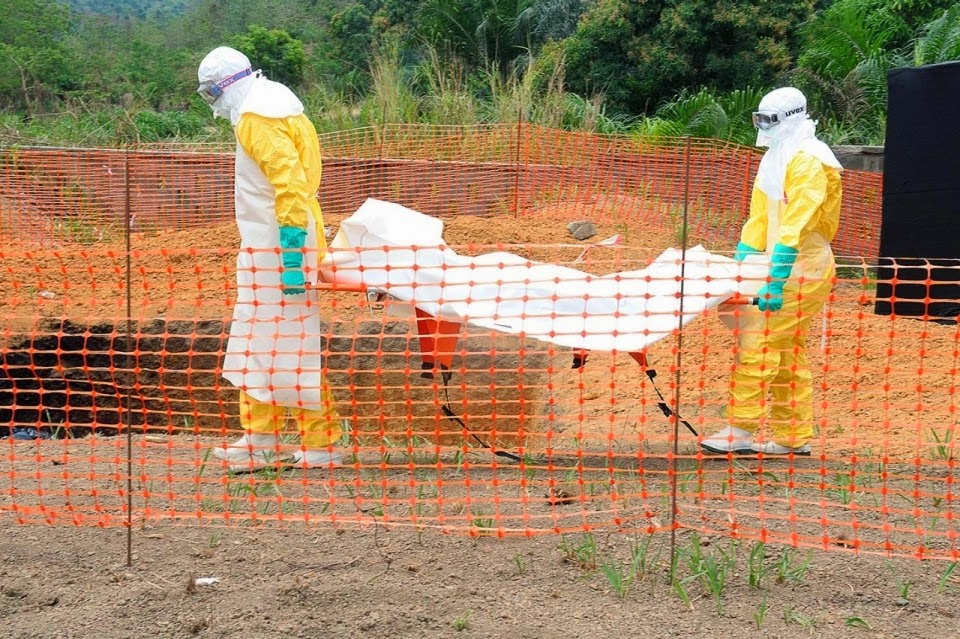Toxoplasma gondii is a protozoan parasite that affects humans, and many other animals,
across the globe. While it causes disease in many organisms, it reproduces only
in Felids, particularly in Domestic Cats, with oocysts (egg-like cysts) being
shed in Cat faeces spreading the disease to many other organisms (some of which
are subsequently eaten by Cats). The response to infection is variable; in
humans it can cause illness and even death, but many people appear to become
infected without ever suffering symptoms.
The disease has been recorded in a variety of Marine Mammals off the
coast of California, including Sea Otters,
which appear to be particularly vulnerable, and there have been a number of
cases of Humans becoming infected after consuming seafood or simply coming into
contact with seawater in California.
While it is possible for Toxoplasma gondii oocysts
to reach the sea in runoff from land, the rate of infection seen in Californian
Marine Mammals is hard to explain; oocysts can persist in the environment for
years, but should still be at a far lower concentration in the sea than can
explain the infection rates seen.
In a paper published in the Proceedings of the Royal Society SeriesB: Biological Sciences on 8 October 2014, a team of oceanographers, ecologists
and epidemiologists from the University of California, Davis and University ofCalifornia, Santa Cruz, led by Karen Shapiro of the One Health Institute and
Department of Pathology, Microbiology and Immunology at the School ofVeterinary Medicine at the University of California, Davis, describe the
results of a series of investigations into the role of marine polymers in the
transmission of Toxoplasma gondii in
Californian coastal ecosystems.
Marine polymers are a diverse group of sticky organic chemicals
produced by organisms for a variety of reasons, including defence (many
organisms have a protective mucous coating), feeding (filter feeding and
detritus consuming organisms often use mucus to aggregate small food particles
into manageable clumps) and movement (such as the mucus trails left by Snails).
They form drifting marine aggregates (marine snow), which tend to sweep up
small particles in the water, aiding the settling of such particles onto the
seafloor or other surfaces.
Firstly Shapiro et al.
tested to concentration of Toxoplasma gondii oocysts
in seawater with varying concentrations ofmarine polymers, finding that high
concentrations of such polymers could raise the concentration of oocysts by up
to 80%. This indicates that oocysts entering the marine ecosystem are highly
likely to become associated with marine polymer aggregations, concentrating the
infective particles, if causing them to settle out more rapidly (which is not a
bad thing for the oocyst, settling close to shore where it may be consumed by a
potential host is better than drifting into the open ocean where it will
eventually die).
Toxoplasma gondii oocyst (arrow) associated with a TEP-embedded aggregate under DAPI
epifluorescence. Shapiro et al.
(2014).
Next Shapiro et al. looked
at the ability of the Turban Snails Chlorostoma brunnea,
Chlorostoma montereyi and Promartynia pulligo to absorb and
transmit Toxoplasma gondii oocysts; it
has previously been observed that Sea Otters that favour Turban Snails are more
at risk of Toxoplasma gondii infection
than those living in the same areas that favour other prey. The Turban Snails
live on Kelp plants, where they consume mucus from the surface of the Kelp; the
mucus is excreted by the Kelp as a defence, allowing the transmission of
dissolved marine nutrients but excluding potentially harmful microorganisms.
Shapiro et al. found that Turban
Snails start to excrete Toxoplasma gondii oocysts
in their faeces about 10 days after being exposed to a source of food
contaminated with the oocysts, and that these oocysts are significantly
concentrated in the faeces relative to the food.
Ventral surface of Turban Snail with enlargement
of scraping radula. Shapiro et al.
(2014).
Based upon these experiments Shapiro et al. propose the following mechanism for the transmission of Toxoplasma gondii in Californian coastal
waters: The oocysts of the organism enter the water through runoff from the
land at low concentrations, but are concentrated in floating aggregations of
marine polymers. These aggregations may be consumed in the water column by
filter feeding Fish such as Sardines, or settle out of the water column and be
consumed by filter feeding shellfish such as Clams, both of which facilitate
transmission to Humans via seafood.
In the specific case of Otters the chance of infection is
significantly raised by the consumption of Turban Snails, which feed upon mucus
on the surface of Kelp Plants (where the oocysts are likely to have become
concentrated) and further concentrate the oocysts within their bodies.
Two mechanisms are proposed whereby polymers can
mediate transmission of terrestrial pathogens in coastal ecosystems (depicted
here for a modelzoonotic protozoan parasite, Toxoplasma gondii). Pelagic polymers such as TEPs may enhance the
association of pathogens with sinking macroaggregates, while benthic exopolymer
substances (EPS) can trap pathogens within sticky biofilms. Both mechanisms are
likely to increase the probability ofpathogen entry into the marine food web
through aggregate-consuming invertebrates such as Bivalves or surface scraping
Molluscs such as Snails. Ingestion ofcontaminated prey items can then lead to
pathogen exposure in susceptible hosts, including threatened California Sea
Otters and Humans. Shapiro et al.
(2014).
See also…
At least 467 people have died in an outbreak of Ebola Hemorrhagic Fever
in West Africa that began in February this year. The disease initially
appeared in the remote border area between Guinea, Sierra Leone and...
Bull Kelp, Durvillaea antarctica, is a large Brown Algae forming
dense colonies of fronds up to 8 m long on otherwise exposed rocky
shores on the coasts of South America, New Zealand and the islands of
the...
John Snow was a nineteenth century London doctor, who is widely credited with the discovery of the transmission mechanism of Cholera, a severe and often fatal infection of the small intestine caused by the bacterium Vibrio cholerae. In Snow's time our understanding of microbiology was in its infancy...
John Snow was a nineteenth century London doctor, who is widely credited with the discovery of the transmission mechanism of Cholera, a severe and often fatal infection of the small intestine caused by the bacterium Vibrio cholerae. In Snow's time our understanding of microbiology was in its infancy...
Follow Sciency Thoughts on Facebook.






